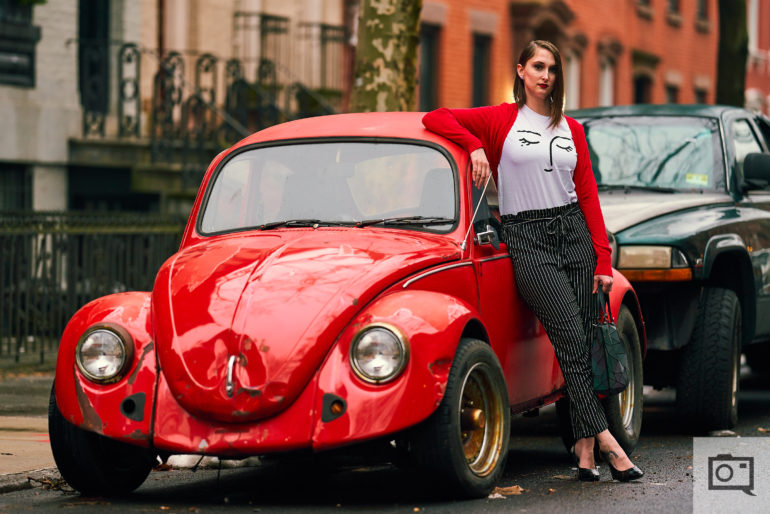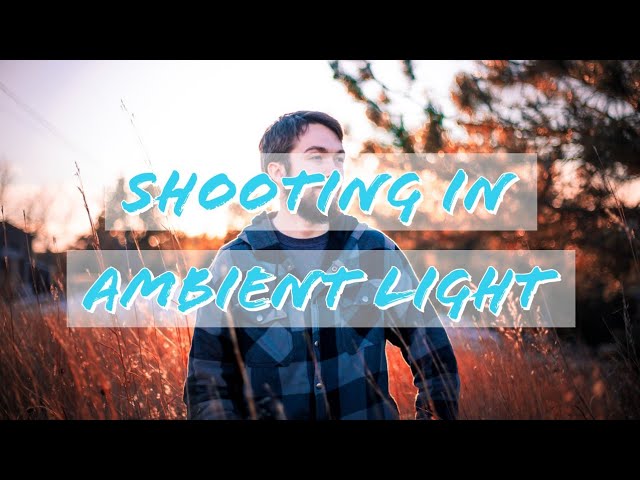If you are new to photography and want to learn how to make the most of ambient light, this is one video you need to see.
Photography is nothing without light. We all know this, but it can actually be hard to know where to begin when it comes to capturing and harnessing the power of light when starting out. Luke Edwin has released a new video on his YouTube channel, and he looks at the subject of ambient light in a way that will help explain things very well to those who have just picked up their first camera. We have the video for you after the break.
So, what is ambient light? Quite simply, it is the light that occurs naturally in any scene. The sun is the largest source of natural light, and it is this natural light that beginner photographers try to bring under their control. It sounds easy but it can actually be quite challenging. I know photographers who, to this day, do not know how to use natural light to create stunning portraits, and they have been at it for a while. This is why Luke Edwin made his latest video.

The video is just over eight minutes long and quite informative. If you really want to get a handle on the basics of ambient light and how to put it to work for you, you will enjoy Luke’s laid back approach and demeanor.
Luke covers topics such as how to position subjects in relation to the sun, (i.e. don’t have them facing that big ball of fire in the sky). He shows you that it is better to make sure the sun is at their backs so that you can create a beautiful rim light around their body and hair. Luke also explains why shooting on overcast days is better than shooting in full sun. It always amazes me how many clients I work with believe shooting in full sun is perfect. It’s the Devil I tell you (unless you know how to light using strobes, but that’s a different topic). He also touches on shadows and how to eliminate or embrace them for particular looks.
If you are just starting with photography, or if you know someone who could benefit from a video like this about ambient light, be sure to share it with them. In just over eight minutes, you can have a much better understanding of the basics, and then you can get out and practice what you have learned. Also, be sure to check out our guide to shooting in natural light too.


